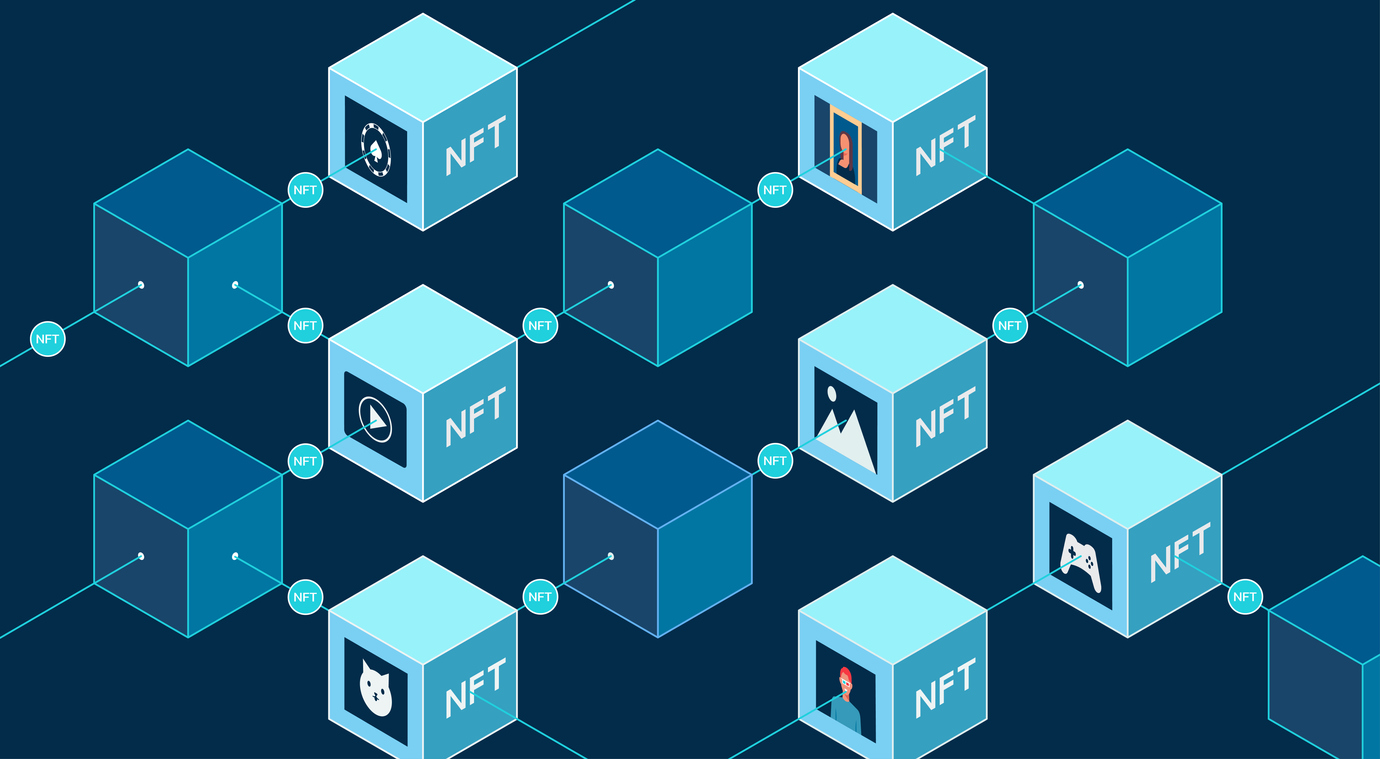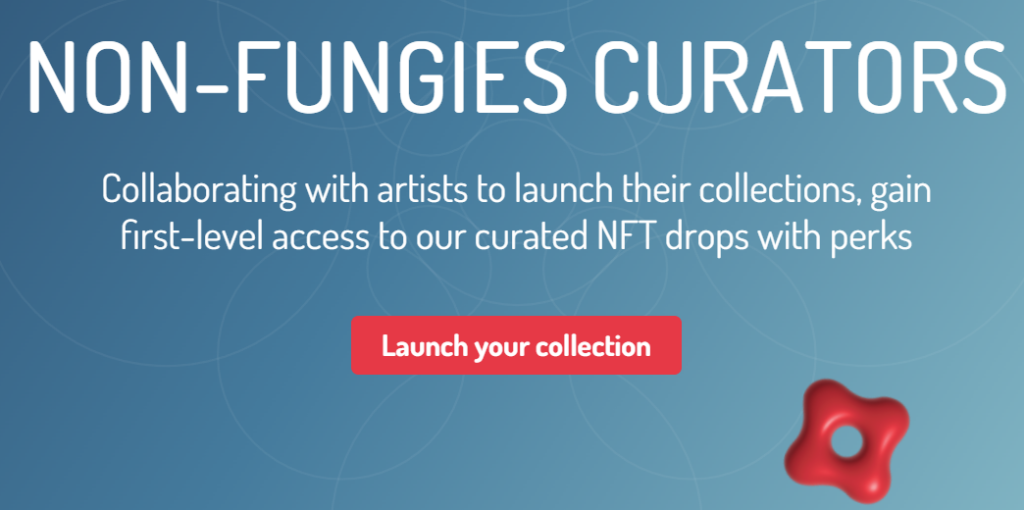

TL;DR
• NFTs are unique digital assets stored on the blockchain.
• Minting your own NFTs gives you complete control and ownership over the asset.
• Decentralised storage is more secure than centralised storage for NFTs and metadata.
• Metadata provides additional information and context about the NFT.
• NFT launchpads help creators launch and promote their own NFT collections.
Non-Fungible Tokens (NFTs) ownership is proven on the blockchain where everyone can authenticate the origin of these NFTs using their Metadata and transaction history. Blockchain technology allows NFTs to exist and enables us to authenticate the ownership in a complete decentralised way.
In this article we will be highlighting the importance of NFT ownership and what does it really mean to “own” your NFTs. We will also be highlighting NFT launchpads that can make it easier for you to mint your own NFT collection, curate a community, and ultimately drive value to everyone in the ecosystem.
Disadvantages of launching NFTs on marketplaces
While there are many NFT marketplaces available, such as Opensea or Rarible, it is better to mint your own NFTs. When you mint your own NFTs, you have complete ownership and control over that asset. This means that you can decide where to store the NFT and its metadata, and you can also control the distribution and sale of the NFT. When you use an NFT marketplace, you are essentially giving up some of your ownership and control over the asset. The marketplace may take a commission on the sale of your NFT, and you may be limited in how you can use and distribute the NFT.
In our previous article related to NFT minting yourself vs. marketplaces we highlighted in details the key differences between both approaches and their pros and cons. The idea of minting yourself or using an NFT launchpad is becoming more prominent as it gives you more control over your own collection, brand identity, intellectual property, and most importantly ownership.
In summary there are some major disadvantages to launch your NFT on marketplace
• Lack of ownership over the underlying assets (artwork, media, video, gif, etc.)
• Limited customization that are based on the marketplace criteria and parameters, this effectively can be something as small as uploading a limited size media to something as complex as integrating metadata on-chain and having the NFT embedded on-chain rather in an IPFS
• High fees for the marketplace which usually hovers between 1.5%-3.5% on average, this can be bypassed if you mint your own NFT by your own or through a launchpad
• Pre-defined blockchains on each NFT marketplace, for example some marketplaces only allow the minting of NFTs on the Ethereum blockchain. However, when minting your own NFT you can select any blockchain that suits your requirements
• Royalties is another big thing when it comes to setting a percentage marketplaces don’t allow you to put any value, and some won’t allow royalties at all
What is Metadata in NFTs?
Metadata is additional information that is attached to an NFT. This information can include details about the creator of the NFT, the date it was created, and any other relevant information about the asset including the traits that make up the collection. Metadata is important because it provides context and additional information about the NFT.
For example, if you own an NFT of a digital artwork, the metadata may include information about the artist, the title of the artwork, and the date it was created. This information can help to verify the authenticity and provenance of the artwork. However, it is important to understand that Metadata needs to be stored somewhere in order for it to be attached to the NFT and ultimately act as a record to authenticate the NFT through the blockchain.

Centralised and Decentralised Storage for NFTs and Metadata
When it comes to storing NFTs and their metadata, there are two main options: centralised and decentralised storage.
Centralised storage involves storing the NFT and metadata on a centralised server or platform, such as a cloud storage service. This type of storage is convenient and easy to use, but it also comes with some risks. If the server or platform is hacked or goes down, your NFT and metadata may be lost or compromised.
Decentralised storage, on the other hand, involves storing the NFT and metadata on the blockchain or a decentralised storage network, such as the Interplanetary File System (IPFS). This type of storage is more secure because it is distributed across many nodes on the network. Even if one node goes down, the NFT and metadata can still be accessed from other nodes.
NFT Launchpads
In addition to minting your own NFTs, another option for launching your own NFT collection is to use an NFT launchpad. An NFT launchpad is a platform that helps creators launch and promote their own NFT collections.
Launchpads usually provide a range of services, such as marketing and promotion, community building, and technical support. They may also offer features such as auctions, pre-sales, and exclusive access to certain NFT collections. Using an NFT launchpad can be beneficial for creators who are just starting out in the NFT space, as it can help to build buzz and create a community around their work. Launchpads can also help to ensure that the NFT collection is launched in a fair and transparent way, as they often have strict guidelines and criteria for listing NFT collections.

There are a variety of NFT launchpads available, however, it is important to do your research and select a platform that aligns with your values and goals as a creator. For example, as an artist you can explore Non Fungies Curators also known as NFC, a launchpad that is dedicated to artists looking to launch their own NFT collection. NFC allows artists to turn their physical or digital art into NFTs and give them full ownership over their IP, brand, and assets along with ongoing NFT marketing and sales support. NFC also allows cross-integration of NFTs with all marketplaces allowing artists to launch their collection on their own website, curate and sell them to the community, then list them automatically on a secondary NFT marketplace for trading purposes.
Other examples of prominent NFT launchpads
• NFTb
• HeyMint
Conclusion
In conclusion, owning an NFT gives you ownership of a unique digital asset. Minting your own NFTs gives you complete control and ownership over the asset, which is why it is better than using NFT marketplaces. When it comes to storing NFTs and metadata, decentralised storage is more secure than centralised storage. Launching your collection by using an NFT launchpad makes it easier and expedites the process while giving you full ownership of the collection, including the IP rights, brand assets, and more.
